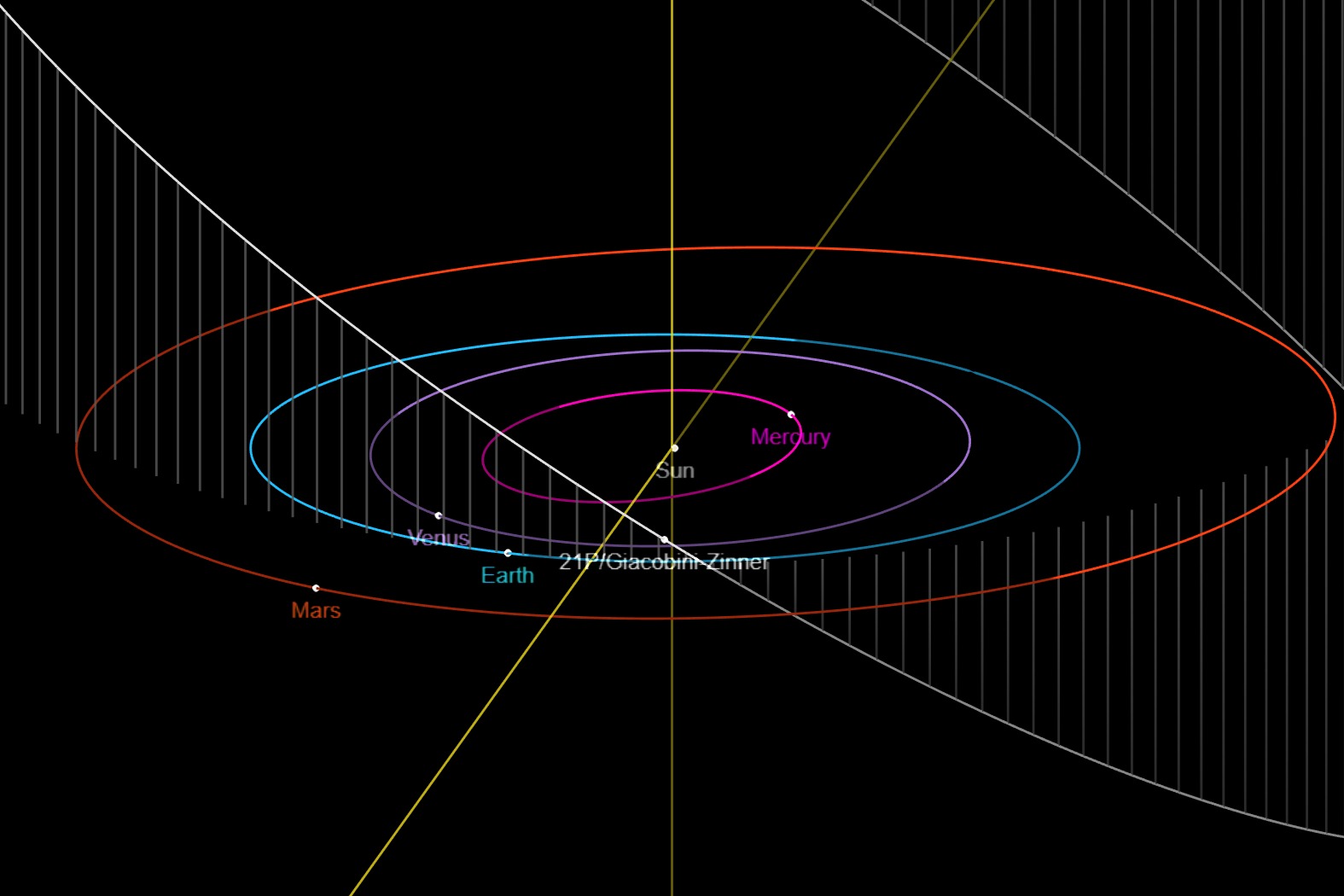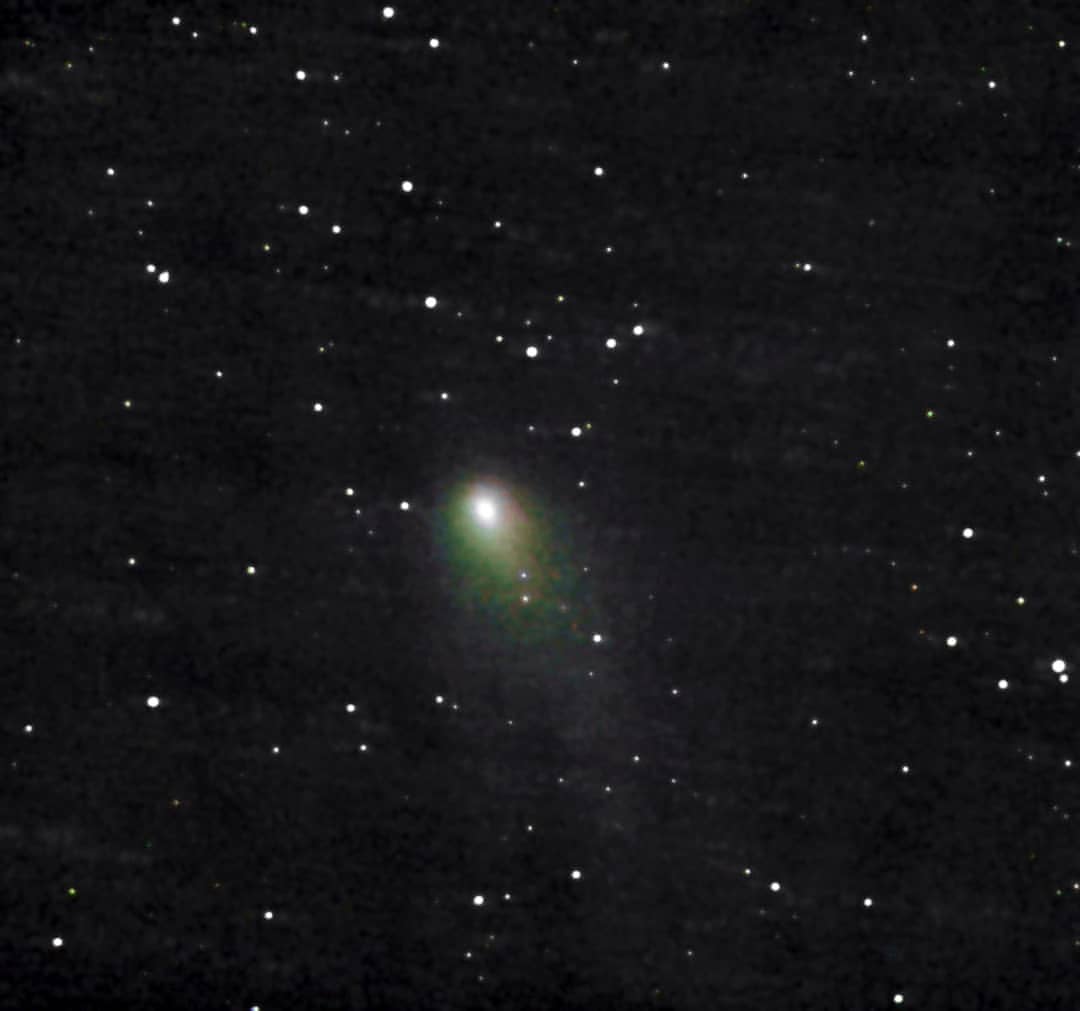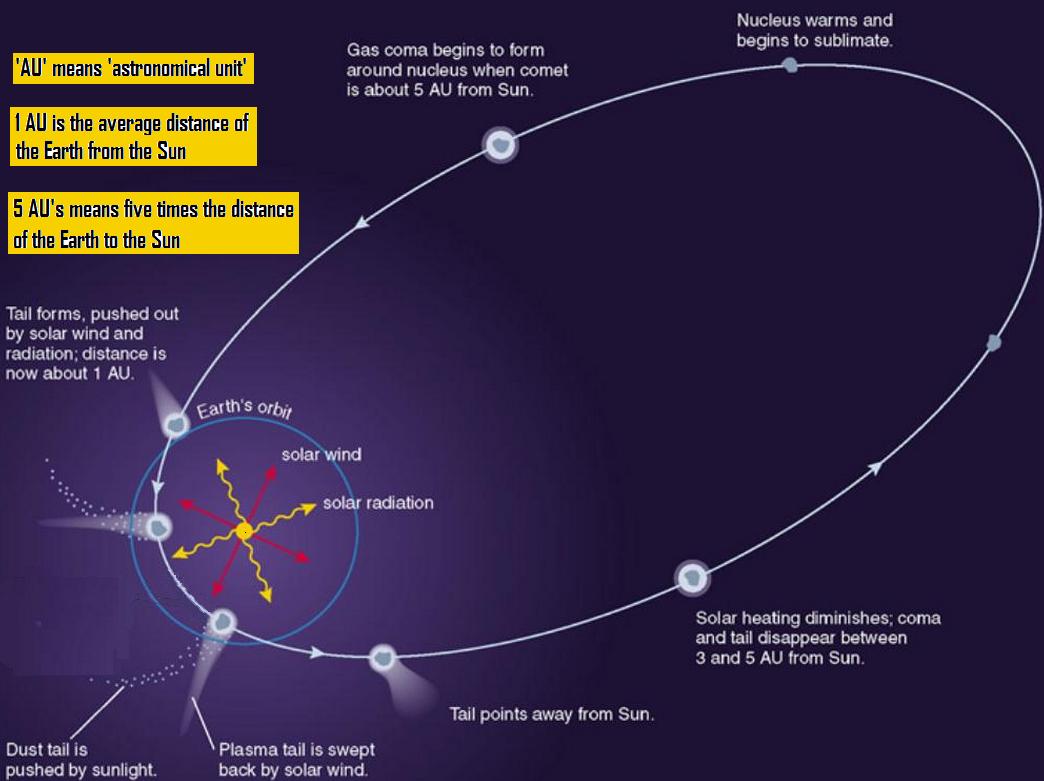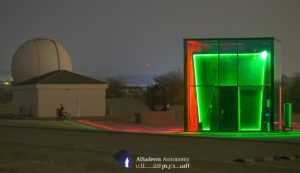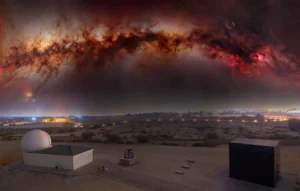Comet 21P taken from Al Sadeem Observatory last September 11, 2018 using GSO RC 8” telescope mounted on Skywatcher EQ6 pro, and astro-modified Canon EOS 5D Mark IV DSLR camera. Stacked and processed in DeepSkyStacker and Pixinsight respectively.
ABOUT THE COMET
Comet 21P (Giacobini/Zinner) was first discovered by French astronomer Michel Giacobini at the Nice Observatory in France on December 20, 1900. German astronomer Ernst Zinner at the Dr. Karl Remeis-Observatory in Bamburg, Germany rediscovered the comet in its return on October 1913.
It is a short-period comet which completes its orbit around the Sun every 6.4 to 6.6 years. It is the 21st short-period comet cataloged with a well-determined orbit, thus giving its corresponding designation. Short-period comets, in general, are comets with an orbital period less than 200 years. Other well-known short-period comets are the Halley’s Comet (1P) and Tempel-Tuttle (55P).
This comet is responsible for the annual October Draconids, sometimes known as “Giacobinids” which peaks on the nights of October 7-9 each year, though it is not widely recognized due to its relatively low meteor production rate. The last occurrences of meteor storms associated with it happened in 1933 and 1946 in which it produced thousands of meteors per hour under completely dark, moonless, and clear skies.
It safely flew by Earth at a close distance of about 58.5 million kilometers away from Earth on the night of September 9-10, 2018 with magnitude of +7.05, bright enough to be seen visually with a pair of 10×50 binoculars and small telescopes. The comet had made several close approaches in the past like in September 1946 (0.26 AU) and November 8, 1959 (0.35AU). The 2018 comet fly-by was the closest approach and brightest in 72 years.
Positions of Comet 21P in the Sky from August 1 – September 15, 2018 (Image Credit: in-the-sky.org)
The orbit of comet 21P, showing the comet’s position at closest approach. Credit: NASA-JPL, universetoday.com)
Comet 21P taken from Al Sadeem Observatory last September 9, 2018 using GSO RC 8” telescope mounted on Skywatcher EQ6 pro and ZWO1600MC-cool camera; Stacked and processed in DeepSkyStacker and Pixinsight respectively (Image Credit: Aldrin B. Gabuya, Al Sadeem Astronomy)
A comet is a small minor Solar System body consisting of a huge chunk of ice, rock and dust (about hundreds of meters to the tens of kilometers diameter) in which when it passes close to the Sun, solar radiation heats up the comet, pushing its material outwards, releasing gases in the process (outgassing) which forms a visible atmosphere surrounding the nucleus (known as the coma) and an elongated tail. Comets originate from the outer Solar System regions of Kuiper Belt and Oort cloud and have highly eccentric orbits. Commonly known as “snowy dirtballs”, based on its physical and chemical composition, astronomers thought comets are remnants of early Solar System formation.
REFERENCES
21P/Giacobini-Zinner. (2018).Gary W. Cronk Cometography.com. Available at: http://cometography.com/pcomets/021p.html
Choi, C. Q. (2017, October 24). Comets: Facts About The ‘Dirty Snowballs’ of Space. Retrieved from https://www.space.com/53-comets-formation-discovery-and-exploration.html
Irizarry, E. (2018, September 11). Best pics of the comet as it swept safely past | EarthSky.org. Available at: http://earthsky.org/space/2-comets-21p-giacobini-zinner-wirtanen-2018
Rao, J. (2018, September 7). A Bright Green Comet Will Grace September’s Skies. Space.com. Available at: https://www.space.com/41758-bright-green-comet-21p-of-september-2018.html



